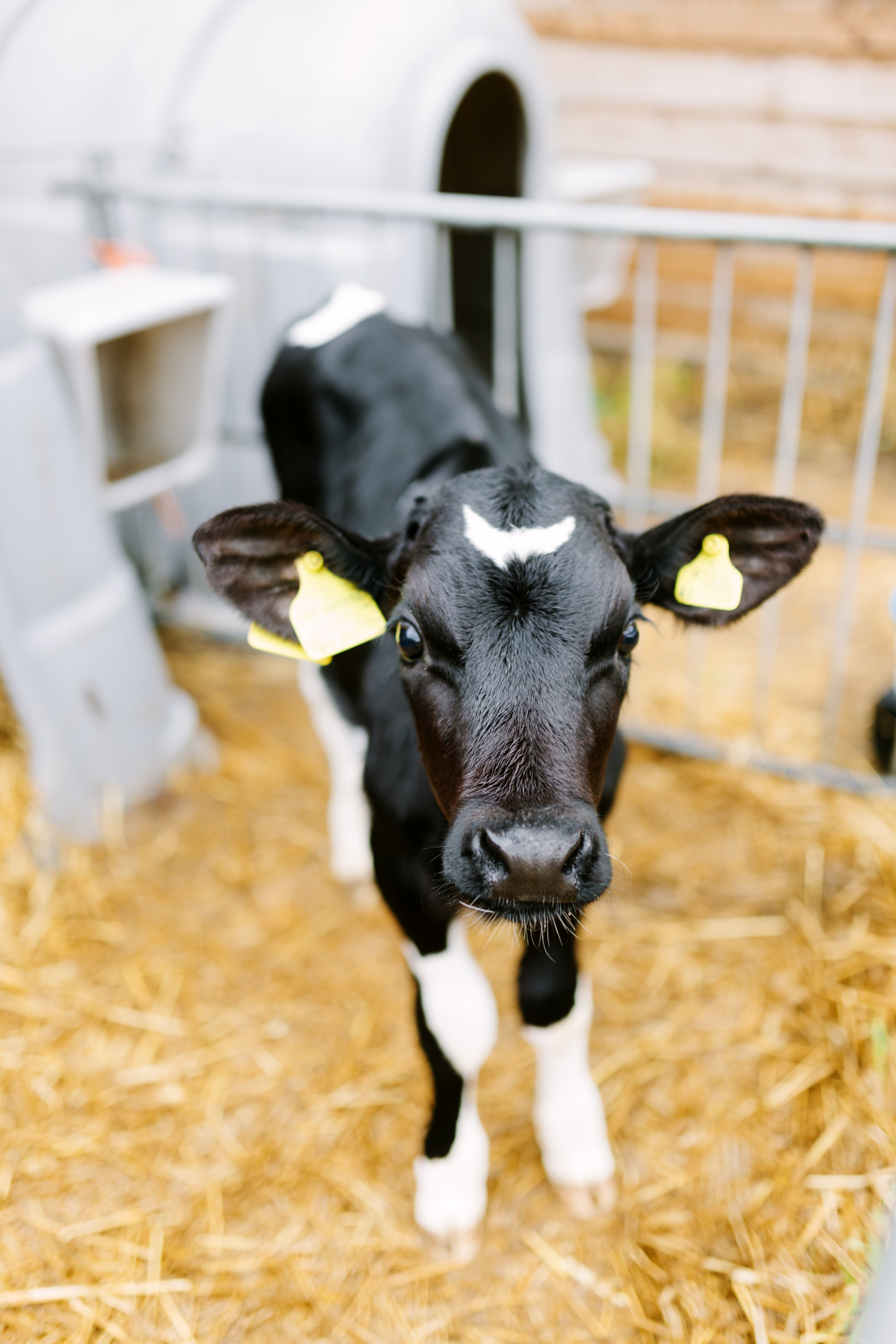How to Improve Cost Effectiveness When Feeding Calves
- 29 Jun 2021
- 0 Comments

Unfortunately, we cannot shy away from increasing feed costs but we can pay less attention to daily feed costs or cost per ton and more attention on costs per kg daily live weight gain.
Nutrients are valuable, whether this is through milk replacer, starter feed, minerals or forage, they all come at a cost!
When making decisions on feed and management for calves and heifers, it is easy to choose the middle option. However, we need to view these costs as an investment and think about how the decisions we make now, will affect future outcomes
Of course not. Now I ask how do you choose a starter or milk replacer for your calves? Do you look at cost per ton or price per bag? A low cost per ton means nothing if it doesn’t get the results you need. We cannot measure performance from milk in the tank likewise with our cows, but we can measure our heifer’s performance by tracking their growth, the closer we stay to our growth curve the sooner we will be able to breed as they reach 55% mature BW.
When we are fixated with cost per ton, we are forgetting the bigger picture which is calf health and performance. Although we are progressing through research pushing calves with higher volumes, it is still common to try and save costs by feeding lower rates/quantities per calf or purchasing in in a lower specification that is not formulated for baby calves.
| Farm A | Farm B | |
| £/t | £1,600 | £1,700 |
| Protein % | 20 | 23 |
| Oil % | 17 | 20 |
| Grams fed per day | 625 | 900 |
| ME provided | 11.4 | 17.2 |
| Expected ADG | 0.5kg | 0.8kg |
| £ per kg growth | £2 | £1.91 |
Initially, some would look at the £/T and think they are saving £100/T and rightly so. Farm A is feeding 125g/l over 5L as recommended on the bag and would be expecting gains of
around 0.5kg/day. Milk powder costs would be £1/ head per day, but when you calculate milk replacer cost per kg live weight gain it would actually cost £2/head per day.
As soon as any challenge, stress, disease or change in weather, reaches that calf, your average daily gain will decrease as that calf needs more energy to cover maintenance requirements.


Farm B is buying a 23% protein 20% oil milk replacer. Let’s say we increase the DM to 15% and increase litres to 6L/ day, a total of 900g powder per day. By doing this we are now achieving daily live weight gains of 0.8kg/day, given environmental factors and no additional stressors. At £34/ bag an additional £2/bag when compared to Farm A, and we have an increased daily cost of £1.53/day. However, due to the higher DLWG, we have a lower cost per kg live weight gain of £1.91/day.
Of course, there will be a point of diminishing returns and these two examples are shown to make the point about £/DLWG.
Feeding an excessive amount of milk replacer to the point calves are wasting it will increase the cost per live weight gain!
Additionally, overfeeding certain nutrients and limiting others can be a waste of money, especially when it comes to amino acids. You should work closely with your vet, youngstock specialist and nutritionist to identify calf feed programmes that’ll result in a low cost per kg/DLWG whilst reaching desired targets.
The feed costs are not the only factor to consider when looking at costs per kg, management and calf health are essential to any efficient calf and heifer growth. Reducing stressors by correct stocking density, avoiding heat or cold stress and improving air quality will result in more growth and dilute your cost per daily live weight gain. Ensuring gold standard protocols through colostrum management, hygiene, early life nutrition and overall cleanliness with help minimise the need for treatment costs, therefore, not contributing to increased cost per kg gain.
Finally, I appreciate there is no need for additional expenditure in our youngstock enterprise but we need to monitor in order to know our performance and ensure we are investing in the future of our herd efficiently. Look at these additional expenses as investments. For example, purchasing a calf scale will help identify (if any) bottlenecks and inefficiencies in your system. If scales aren’t an option weigh tapes are a good affordable alternative and although not as accurate, they are certainly a better judge than by eye. By doing so will allow you to reassess your system and potentially save you money in the long run.










